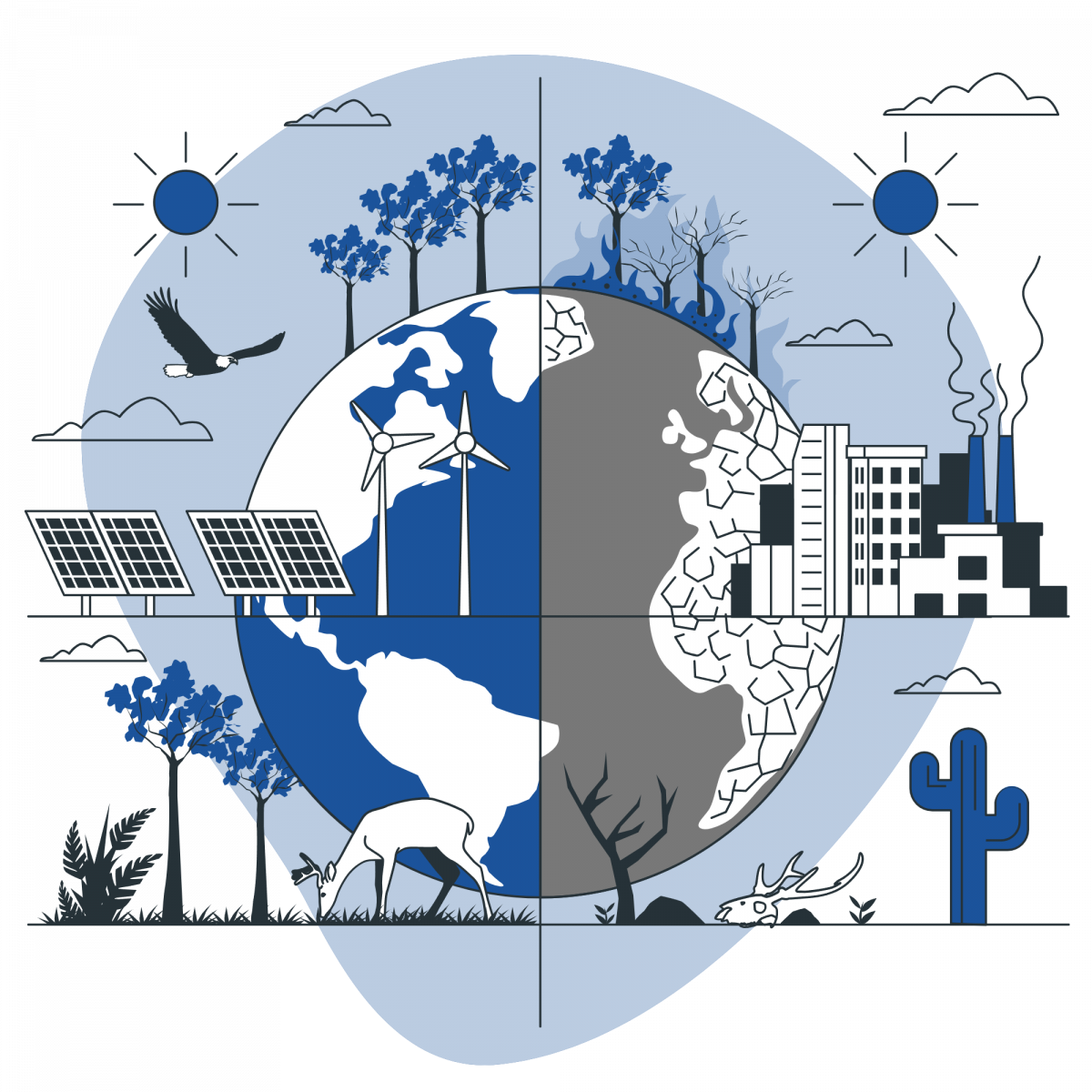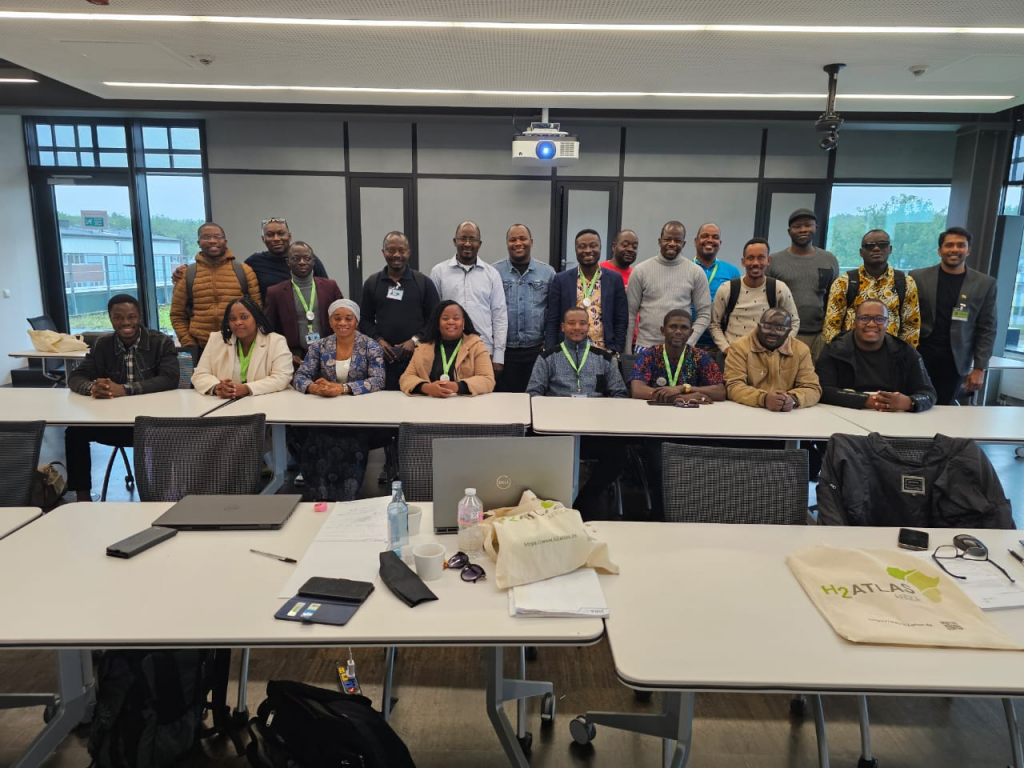Background
The Atlas of Green Hydrogen Generation Potentials in Africa (H2Atlas-Africa) project is a joint initiative involving African partners in the Sub-Saharan region to explore hydrogen production potentials from renewable energy sources within the West and Southern African sub-regions.
Funded by: German Federal Ministry of Education and Research (BMBF)


Partners
- Forschungszentrum Jülich, Institute of Energy and Climate Research (IEK-3, IEK-5)
- West African Science Service Centre on Climate Change and Adapted Land Use (WASCAL)
- Southern Africa Science Service Centre on Climate Change and Adaptive Land Management (SASSCAL)
Goals of the Project
- Map the potential social benefits of green hydrogen projects.
- Assess technological, environmental, and socioeconomic feasibility.
- Promote energy access and sustainable development in Africa.

Closure of the H2Atlas-Africa Project
The project concluded with a training and knowledge transfer workshop for 24 guest scientists from across Africa, hosted at:
📍 Institute of Energy and Climate Research (IEK-3, IEK-5), Forschungszentrum Jülich GmbH, Jülich, Germany

Takeaway Notes for Green Hydrogen in Nigeria
Sahel Savanna states → Borno, Yobe, Jigawa
Resources: solar PV renewables + groundwater availability
Inadequate infrastructure (transmission grid, sea harbour, rail lines)
Insecurity in high-potential zones
Develop green hydrogen from renewables.
Store/use as alternative carrier of electricity.
Improve reliability of the national grid at lower cost & vulnerability compared to conventional grid expansion.




